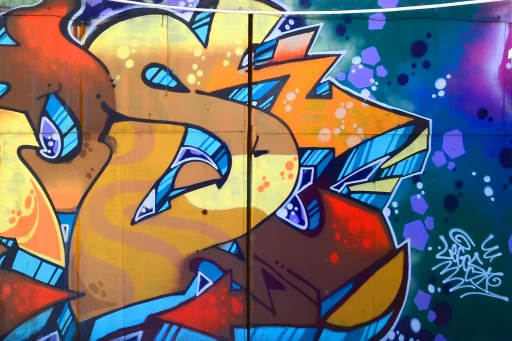Introduction
In the ever-evolving landscape of language, slang often emerges like a tapestry, interwoven with cultural nuances and social contexts. One of the more recent terms to make waves in youth vernacular is “rug.” But what exactly does this slang term mean? In this article, we will explore the origins, interpretations, and usage of “rug” in modern slang.
The Basics of ‘Rug’ in Slang
In contemporary slang, the term “rug” typically refers to a wig, particularly one that is flamboyant or artificial. The term can carry both affectionate and derogatory connotations, depending on the context in which it is used. Let’s dive deeper into how the term has garnered such meanings.
Origins of the Term
The transition from a literal rug to a slang term for a wig can be traced back through various cultural shifts, primarily in the LGBTQ+ community where wigs are often worn as an expressive form of identity. The term likely gained mainstream traction through social media platforms like TikTok and Instagram, where fashion and personal expression collide.
Contextual Usage
Within social circles, the term “rug” can play multiple roles:
- Complimentary: When someone styles their hair or wears a wig that enhances their look, friends might say, “That rug is giving!” This signifies approval and admiration.
- Humorous: In a comedic context, the phrase “that’s a killer rug” might be used to poke fun at an outrageous or exaggerated wig.
- Derogatory: Alternatively, calling someone’s wig a “rug” can imply that it looks cheap or poorly made, suggesting that it lacks authenticity.
Real-World Examples
As with any slang, context is crucial. Here are a few examples of how “rug” can be employed in real-life conversations:
- In a compliment: “Your new rug is fire! Where’d you get it?”
- In humor: “She walked in wearing that bright pink rug, and I couldn’t help but laugh!”
- In criticism: “Did you see his rug? It looks like something from a discount store.”
Case Studies: Social Media Influencers
Social media influencers have played a pivotal role in popularizing the term “rug.” For example, many beauty vloggers and TikTok stars have showcased their extravagant wigs, proudly calling them “rugs.” This not only normalizes the term but also encourages the playful appropriation of it within wider culture.
A notable instance occurred when a beauty influencer posted a video titled “Offering My Best Rug Looks for Summer!” It included various styles and colors of wigs, leading to thousands of views and widespread sharing of the term. This content roadmapped the definitions of “rug,” turning it from niche jargon to a conversational staple.
Statistics on Slang Evolution
The rise of slang terms like “rug” underscores how rapidly language evolves, especially among younger demographics. Research indicates that:
- Over 75% of teenagers regularly use slang in their communication.
- A significant 55% of social media posts from influencers utilize slang terms that can garner higher engagement rates.
- Slang terms can go viral within days, especially when promoted by influential figures.
Conclusion
The slang term “rug” is a fascinating example of how language adapts to cultural shifts and influences. While initially referring to a type of carpet, its journey to signify wigs demonstrates the playful and innovative nature of language among communities. Whether in praise or jest, the term has claimed its place as a contemporary symbol within youth culture.


